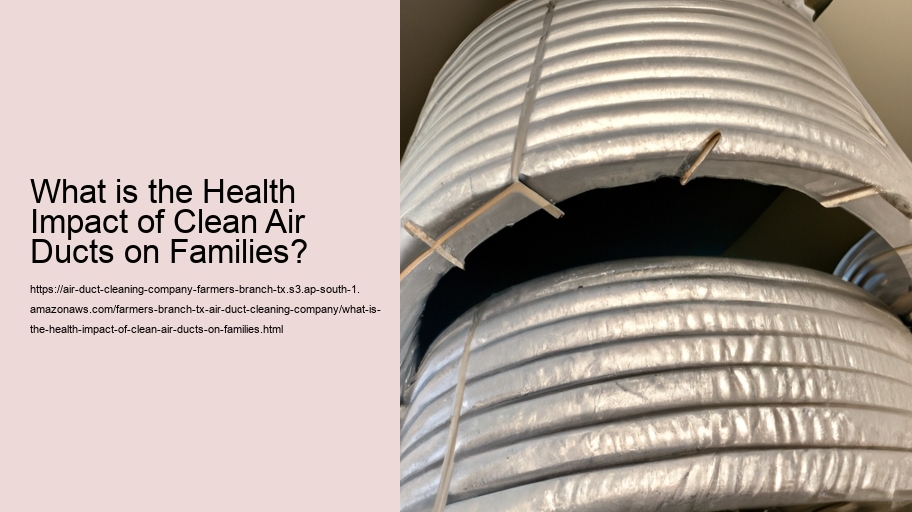The Health Impact of Clean Air Ducts on Families
What is the Difference Between Residential and Commercial Duct Cleaning Services? .
A family's home is often thought of as a sanctuary—a place where one can feel safe and secure. However, the quality of the air within that sanctuary can sometimes be compromised by something as inconspicuous as the ductwork that runs through it. The maintenance of clean air ducts is crucial for ensuring a healthy living environment for families, with impacts ranging from improved respiratory health to enhanced overall wellbeing.
Understanding the role of air ducts in a household is essential to appreciate their influence on health. Essentially, these ducts are conduits responsible for distributing airflow from heating, ventilation, and air conditioning (HVAC) systems throughout the house. Over time, these channels can accumulate dust, pet dander, pollen, mold spores, bacteria, and other pollutants. When HVAC systems push air through dirty ducts, these contaminants are dispersed into living spaces where they can be inhaled by occupants.
The inhalation of poor-quality indoor air due to contaminated ductwork can provoke a range of health issues—particularly in individuals suffering from allergies or respiratory conditions like asthma. Common symptoms include coughing, sneezing, watery eyes, headaches, fatigue, and even exacerbation of asthma attacks. Children and the elderly—who generally spend more time indoors—are especially vulnerable to these airborne irritants.
Moreover, unclean air ducts may harbor microbial growth such as mold which poses its own set of health risks when spores become airborne. Exposure to mold has been associated with allergic reactions and long-term respiratory problems; therefore maintaining clean airways within your home's infrastructure is paramount.
But it's not just about alleviating potential ailments; there are also preventative benefits to consider. Regularly cleaning your home’s air duct system helps maintain an environment that supports immune system function by reducing the load of pathogens and allergens present in the airspace. This inherently minimizes the risk of developing new allergies or illnesses that could compromise one's state of well-being.
Additionally, purified indoor air resulting from cleaned ducts may enhance cognitive functions such as concentration and memory retention. A study led by Harvard T.H. Chan School of Public Health found that improved indoor environmental quality significantly boosted cognitive function scores among office workers—an effect likely transferable to any setting where people breathe cleaner filtered air.
Beyond direct health implications lies another significant impact: peace of mind for families knowing they reside in a healthier environment conducive to thriving rather than merely surviving. There’s considerable relief stemming from awareness that proactive steps have been taken to safeguard household members against avoidable health threats lurking within their own walls.
The process involved in cleaning out this hidden highway for pollutants typically includes high-powered vacuums along with specialized tools designed to dislodge debris without damaging the delicate structure inherent in some older systems—making it imperative that professionals conduct this task efficiently without compromising integrity.
In conclusion—while often overlooked—the importance of clean air ducts cannot be overstated when considering a family’s health spectrum within their abode; from mitigating immediate physical symptoms linked with poor indoor quality all way through fostering an optimal healing space supportive both mental clarity longevity alike—cleanliness herein quite literally breathes life back into every corner home while simultaneously exhaling potential dangers out door whence they came thus allowing each member therein respire deep sigh relief accompanied blissful inhale pure contentment knowing heartily secured chance better tomorrow today’s careful considerations made behalf everyone under roof collectively call sweet ‘home’.
